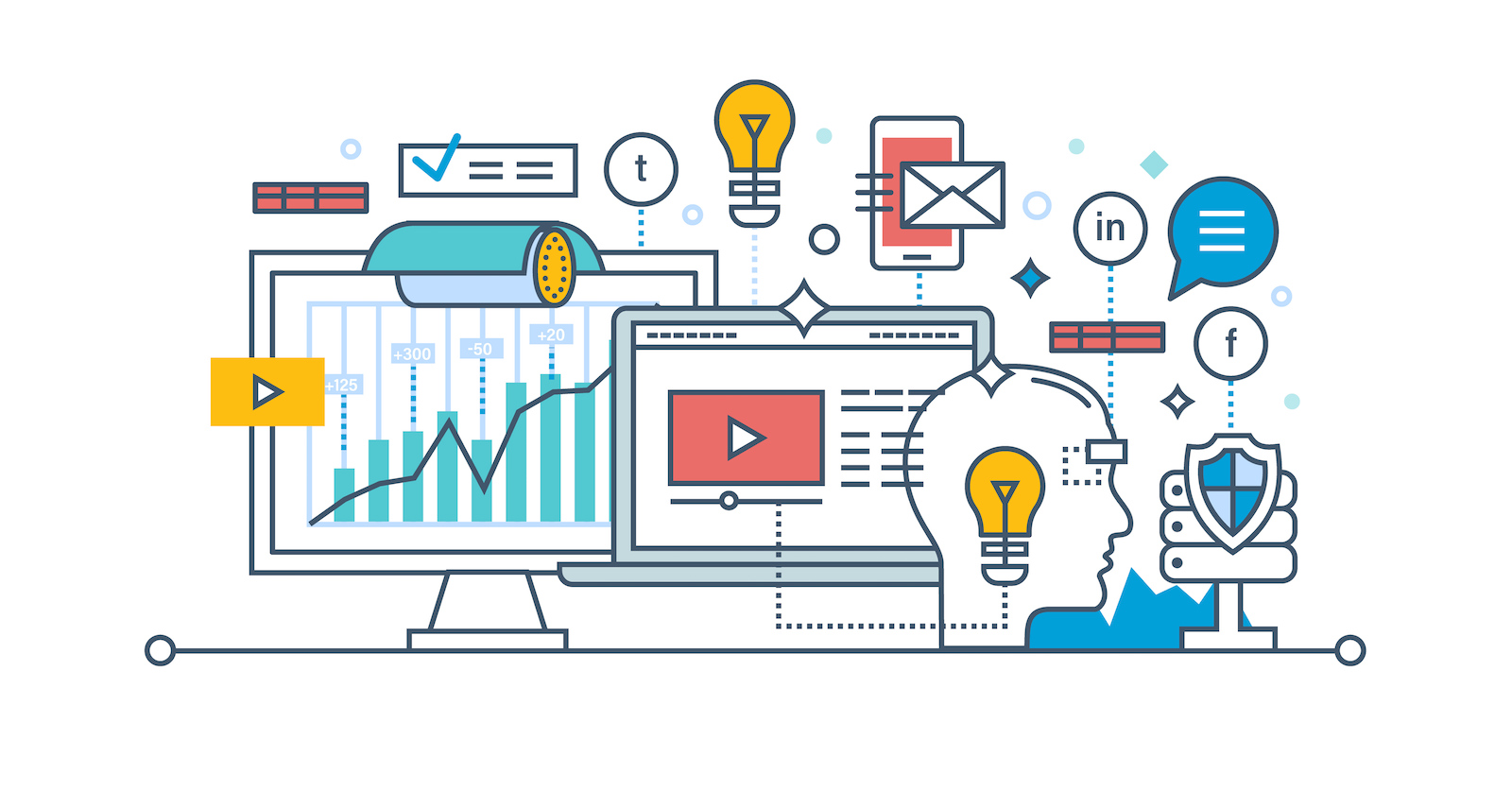Cutting edge tech enables you to do things that were previously unimaginable. For instance, computer vision provides software with the ability to perceive visual inputs, like images or videos.
You can also use this technology for 3D gaming or augmented reality. It’s not to be confused with bleeding edge, which involves technologies that are so new they pose reliability risks.
Artificial Intelligence
AI has already transformed many industries, including transportation (Uber), healthcare (telemedicine), financial services (detection of unusual debit card purchases or suspicious account activity), and manufacturing (robots that take on repetitive tasks and increase productivity).
Today’s narrow AI—which performs only one function, like recommending a product for an e-commerce user or predicting the weather—comes close to human intelligence in controlled environments. But it has only a limited spectrum of capabilities and requires data-based models to operate.
New generative AI tools can generate application code based on natural language prompts, but it’s still early days for these systems and they won’t replace software engineers anytime soon. They can, however, provide new sources of inspiration for designers and accelerate the design process. They can also automate or streamline many IT processes, such as data entry, fraud detection, and predictive maintenance and security. This frees up professionals to focus on higher-impact tasks. They can also help frame business issues as machine learning, operations research, graph or search problems to solve them in innovative ways.
Machine Learning
Machine learning is one of the most important emerging technologies. It’s the engine that powers artificial intelligence and enables companies to solve data-based business problems autonomously.
Machine learning algorithms analyze data sets and apply them to a set of rules to identify patterns or predict outcomes. This is the power behind recommendation engines, spam filtering and malware detection. It’s what allowed Deep Blue to beat chess champion Garry Kasparov in 1997 and is the technology that allows self-driving cars to drive and communicate with each other, to detect obstacles and adjust their course.
ML can also help businesses understand their customers better by analyzing and correlating historical behavior with future trends. This is the foundation of many customer service applications, like chatbots and predictive text. It’s also what enables smart assistants to interpret natural speech and provide context. It’s the same technology that prevents hackers from breaking into a company’s network by identifying common patterns in denial of service attacks and blocking their attempts.
Low-Code Development
Cutting-edge technology can offer innovative solutions that help your organization reach its goals. However, it’s important to consider the risks involved in adopting new technology. Fortunately, many cutting-edge technologies can be used in non-production environments to see if they’re a good fit for your business.
For example, using a no-code development platform can enable employees without coding experience to create simple applications. This can speed up development and allow teams to focus on other projects. It can also free up professional developers’ time to create more complex apps and meet business needs.
Another cutting-edge technology that can be used in a business is natural language processing. This is a form of artificial intelligence that allows computers to understand human language and respond to it intelligently. It can help companies automate processes and improve customer service. It can also increase productivity and create a competitive advantage.
Quantum Computing
As the quantum-computing industry moves closer to commercialisation, CEOs and other leaders need to begin formulating their strategies. While quantum computing won’t be ready for business use until it has achieved fault tolerance (which will take about 2030), it can be used to speed up some calculations by a factor of 10.
Quantum computers work using qubits, which are a mix of digital ones and zeroes, rather than the binary system that classical computers use. This enables them to carry out computations that are beyond the reach of current high-performance machines.
Organisations should start by tracking quantum-computing developments, and actively screening potential uses cases with an in-house team of experts or by partnering with a quantum-computing player. In addition, they should build technology literacy across the enterprise to ensure employees have an understanding of the potential of quantum technology and can work with it effectively. This is essential, since businesses need to make the most of quantum-based solutions when they become available.






